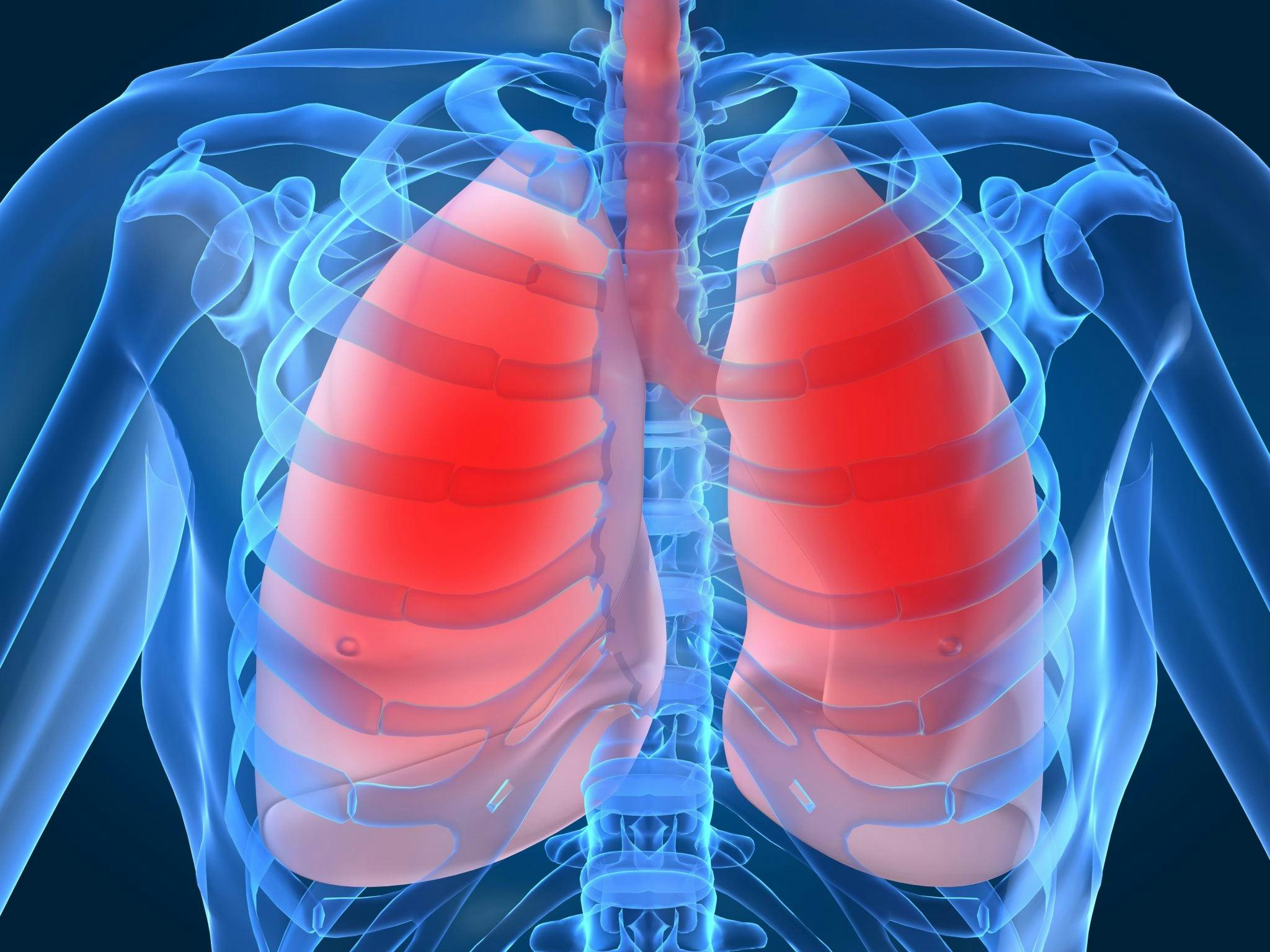
2025-04-24T14:00:43
The DASH Diet: What it is and How it Supports Your Heart
- Cardiology
- Family Medicine
June 20, 2017 | Adult and Adolescent Medicine • Family Medicine
Specialties:Adult and Adolescent Medicine • Family Medicine

With tens of millions of sufferers in the United States alone, lung disease is one of the most common medical conditions on earth. The lungs are part of a complex system in the body, expanding and contracting thousands of times every single day to take in oxygen and eliminate carbon dioxide.
Lung disease can come as a result of problems in any part of the lung system, and there are many different types. Here’s a broad overview of the types and causes of lung disease, as well as the warning signs and steps you can take to help reduce your risk of lung disease.
There are three basic causes of most lung diseases:
The respiratory system is made up of several distinct parts: the airways, lungs, blood vessels, muscles and bones. There are numerous types of lung disease within these various areas that can cause a number of issues, each of which is laid out by WebMD here.
When it comes to the lungs, it’s important to pay attention to even mild symptoms like a nagging cough or a minor wheeze. Many people simply assume these are the result of aging, but they could actually be the first signs of lung disease. Identifying these early signs can help you receive treatment for lung disease before it becomes serious or life threatening. Signs include:
There are several steps you can take to keep the lungs healthy and reduce your risk of lung disease including:
To learn more about lung disease and how to prevent it, speak to your general physician.
As a physician, I love helping people through stressful times when they may be sick or hurt. I want to be the kind of doctor that I would want for my own family. When a doctor takes the time to help their patients understand what is happening and what the plan is, a patient’s anxiety can be greatly reduced. The patient should receive all the information they need to be an equal partner in decision-making and feel empowered about caring for their body. An ounce of prevention is worth a pound of cure.
Sources:
“Lung Health and Diseases.” American Lung Association. http://www.lung.org/lung-health-and-diseases/?referrer=https://www.google.com/
“Lung Diseases Overview.” WebMD. http://www.webmd.com/lung/lung-diseases-overview#1

WRITTEN BY:
The Live Better Team


2025-04-24T14:00:43

2025-03-10T14:24:39

2025-01-21T10:28:42

2025-01-09T10:36:36
This information is not intended to replace the advice of a medical professional. You should always consult your doctor before making decisions about your health.